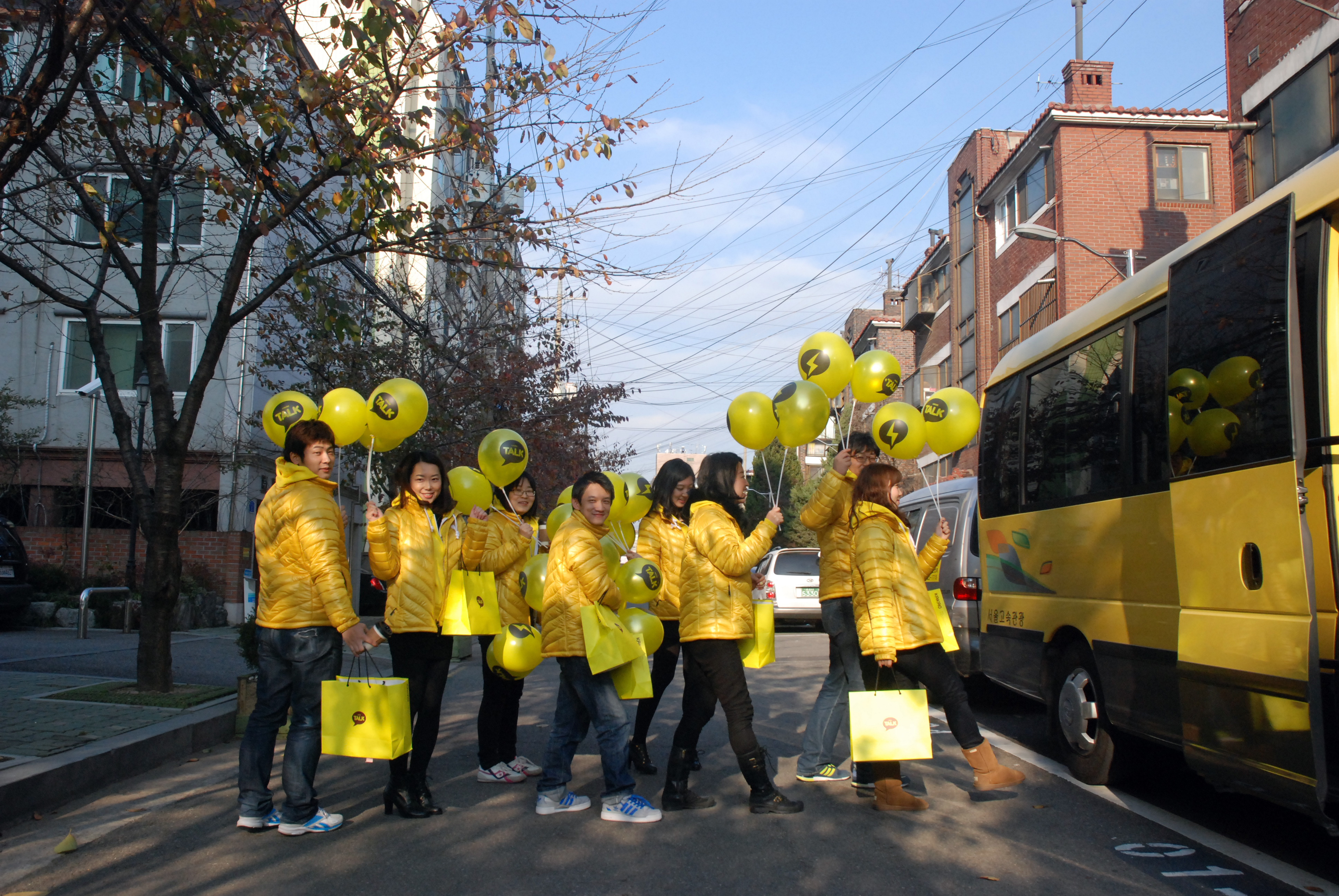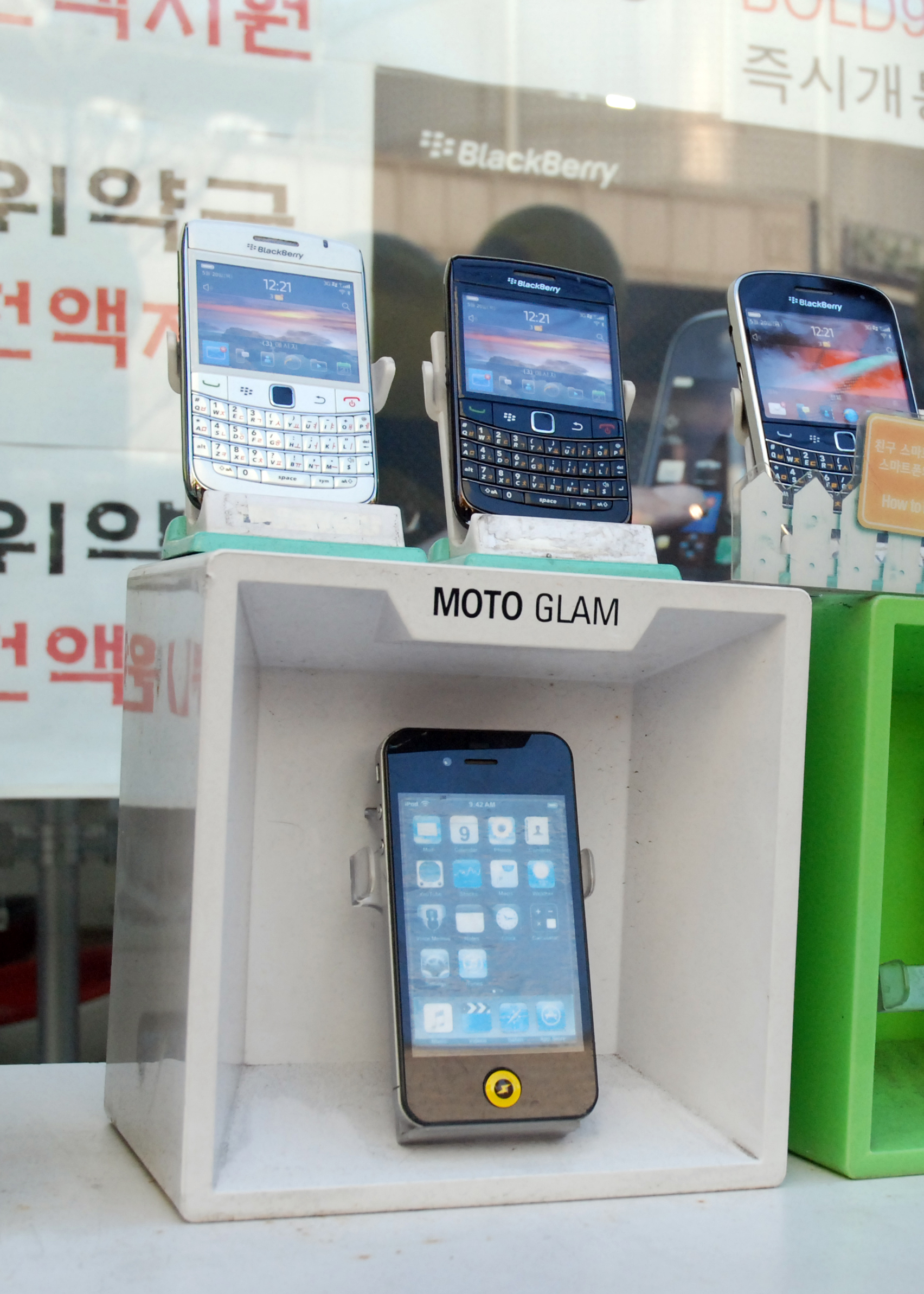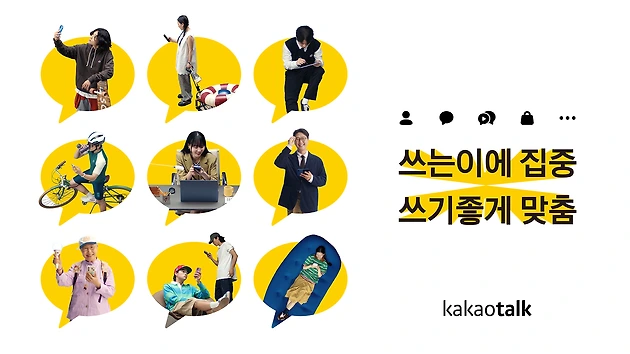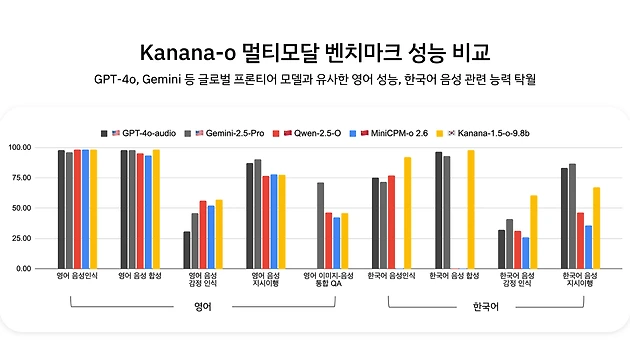The birth of KakaoTalk
How did KakaoTalk change Korean daily life?
#The start of a startupIt was the winter of 2006. JB, who had founded a small startup in his late twenties, got a phone call during a Hong Kong business trip. Over the phone, Professor Park Jong-Heon at Seoul National University’s Department of Industrial Engineering gave him an exciting piece of information — an IT high-flyer planned to set up a new business and was looking for a CEO. Not long after returning from the trip, JB got a chance to meet Brian, the man pursuing the business venture. The two men quickly bonded over a couple of drinks and decided to establish IWILAB together.
"It was difficult to finish one startup I had been very keen on and begin an entirely new challenge, but there were two motivations that made it happen. First, I was confident that Brian, who had already attained colossal success and insight, would inspire and drive me to learn and grow fast. Second, such growth, I thought, would consolidate the foundation and produce a gamechanger." Quite a long time has passed since then, and JB certainly seems to have made the right choice.
Memories of the first several years in IWILAB remain vague in JB's mind. He always said that he felt so overwhelmed and exhausted back then, and he just wanted to forget everything. The only memory he can recall now is the night he shed tears of loneliness and distress all alone at the Jungja-dong office till dawn. That morning, he ran out of tears, but KakaoTalk was born. The world was about to change.

# See the unseen, Walk the unwalked
Before the release of KakaoTalk, challenges ahead just seemed massive without an end in sight. Brian gathered talented manpower, including JB, while others willingly joined the ranks. They all wanted to "do something novel." Most had left well-established companies and entered a tiny startup, unhappy that they were stifled with more documentation than development elsewhere.
IWILAB was composed of colleagues who had long been in sync and shared the philosophy that they should stick to the essence of their enterprise. Young joined the company as CTO in May of 2007. Scott and Brandon, in a congenial relationship, entered the team in succession.
What IWILAB ambitiously prepared first was "buru.com," a subscription service. This web-based bookmarking product was initially developed as an outbound service at the US corporation, but unfortunately fell short of expectations. Next was "wisia.com." It aimed to realize "collective intelligence," enabling Internet users to upload and rate information. At the end of 2008, IWILAB eventually withdrew its US corporate status and launched "agit" along with "wisia." At that time, iPhone 3GS created a sensation among American users and was just about to hit the Korean market. A paradigm shift was in the air, and Brian decisively made the switch from web-based to Mobile-based services.
"We couldn't invent a successful product to showcase after more than three years. We trusted our talented colleagues, but we could no longer repeat our failures. In the beginning, we predicted that our fifth year would be the turning point. Until then, we should go for broke to succeed. If we failed, we should close up shop," Young said.
Scott, an engineer, said, "Projects were continuously in progress, but Krews were anxious because they couldn’t guarantee success. Acrimonious exchanges and stormy debates continued between developers and planners. I thought I might have to leave the company very soon."

#Explosive growth led by Android
The subscription of iPhone users was far from enough. Brandon started to develop the kakaoTalk Android version in time for the release of Galaxy S. The mobile app, which initially aimed for 100,000 users, was deployed in August 2010 and the response was astounding.
Young said, "It was tough to develop a web service that could retain 100,000 users. The number of users of our previous services was mostly 30 to 40 thousand each, a very small number. We just wanted to get beyond that limit. Then, at some point, the number of daily KakaoTalk subscribers began to exceed 100,000, an unseen number ever since we started the business.”
JB’s recollections of 2010, "it was not a time where we could pursue what we liked or dismiss what we disliked. We were a small team operating a huge service and frantically busy with troubleshooting. Traffic literally exploded to the extent that we had to order additional servers even before the previously ordered ones arrived. Mobile carriers had their fingers on the pulse at every level of KakaoTalk. Plenty of IT companies were preparing for or rolling out competitive products to catch up with KakaoTalk. Throughout 2010, all our Krews were desperately running around the clock, not to miss the long-wanted opportunity.”
Did everyone foresee the growth of KakaoTalk? Here’s Scott’s answer:
"KakaoTalk was not the first mobile messenger. There already were plenty of similar services in the US and Korea. Nevertheless, we were quite certain that we were on our way to becoming one of the most stable services."
The KakaoTalk team made a very simple server and corrected flaws identified during its operation. The service was not "flawless," but distinguishingly stable and effortless despite a dramatic surge in demand. Brandon analyzed the explosive growth of KakaoTalk, "We solved inconveniences of existing mobile messengers and applied the improved results to ours. In doing so, we could timely render an opportune service. All the members who made KakaoTalk were incredibly talented and readily equipped with shared teamwork to be responsive to user demand. Therefore, we were able to keep providing the most stable and effortless service, even in the exploding user population - that was our competitive edge.”



# Kakao’s unique work culture
Kakao's "work culture" is another success factor. JB depicted the eight years he worked for Kakao as boundless trust, conflict, and dedication at every level.
"From the beginning, Kakao pursued the goal to create a unique value and culture of its own. Brian, Dean, Young, and I discussed our business plans in great detail all the time. I found a memo I wrote in 2008 describing our ideas and thoughts. In fact, in the early days, Kakao's culture had been formed by Krews, rather than management. A question I often flung around at that time was, "What kind of company do we want to make?" The answer would lie in our company culture in our pioneer days. But there is no answer to culture. Just as the colleagues around you change, culture is alive and evolving, too. I hope today's Krews will make an even better and well-fitting work culture for the current Kakao and help the company better serve society.”

Brandon explains Kakao's culture, "No one wanted to build a typical big company as they've experienced before. People who felt tired of the 'conventional' way of working joined us to create a brand-new company. Everyone, including Brian and Young, liked to have frank discussions about developing a novel service. They were all in a trusting relationship, calling each other by their English names from the beginning to break away from Korea's unique upper and lower relations. That, I thought, played a crucial role in creating Kakao's unique horizontal communication culture."
Young wanted Kakao Krews to 'proactively' initiate work. "I wanted to build a culture where everyone could work subjectively, not forced by others. Typically, planners decide what to do and toss it to developers. That is not what we are. We wanted to discuss and develop projects together, which naturally culminated in creating our unique culture.”
The customized KakaoTalk wallpaper is a fruit of 'subjective work ethic.' "While commuting to the then Yeoksam office by public transportation, I noticed people enjoying chatting on KakaoTalk. But imagine that numerous people would see the same KakaoTalk screen. Doesn't it seem dull? The KakaoTalk theme came from that simple discovery.”
Brandon’s idea of providing various versions of KakaoTalk themes would add enjoyment turned out to be true. Rather than ambitiously envisioning the future, planners and developers proposed necessary features from users' perspectives. On the first day of snow one year, "The snowing background in KakaoTalk chatroom" was created out of a similar thread. “Composing and reviewing a project proposal takes so much time that we made a space called 'KakaoTalk Lab,' where everyone freely tests one's ideas. The snow-falling wallpaper encountered no objections at the testing stage and was rolled onto the market right away. Such cases have piled up to make 'self-initiation' nestled down as a keyword penetrating KakaoTalk and Kakao.”
# The meaning of KakaoTalk
They all agreed that KakaoTalk's unprecedented success was a "once-in-a-lifetime experience." "Can we experience this much success again during our life? No, I don' think so. We were happy with our phenomenal success in those days while totally freaked out with mounting problems to resolve," Young recalled.
There is a close tie between Brandon and KakaoTalk. "To be frank, KakaoTalk sound alert is my eldest daughter's voice. I didn't know this would happen, but I'm proud that my daughter's voice has become the signature sound of KakaoTalk."
JB added that people were everything. He said, "We could work with decent, talented people to build today's Kakao. I would like to extend my sincere gratitude to all the Krews I have been with."
There is one more thing they have learned from KakaoTalk. As their philosophy is now known around the world, making users a top priority in every possible case will eventually win hearts and minds and breed success. The infinite value created by their intuition, self-initiation, horizontal conflict resolution, swift decision making, and understanding of and dedication to users has already resonated throughout Korean society.
- Communication For every user. For easy use.
KakaoTalk
- Press Release 발행일 2025.12.12 Kakao Unveils Performance of Two Advanced Multimodal Language Models
 #kakao#Multimodal Language Model
#kakao#Multimodal Language Model

